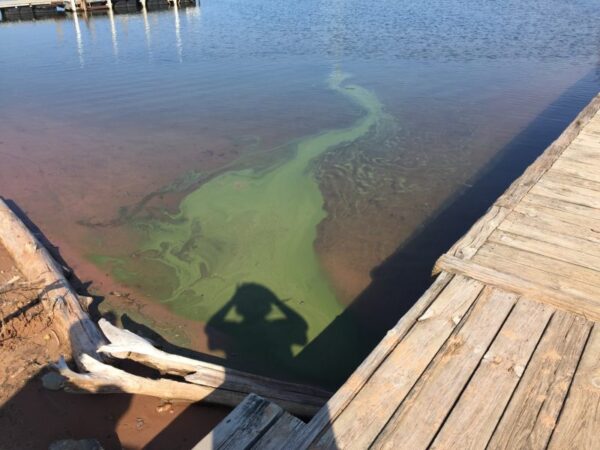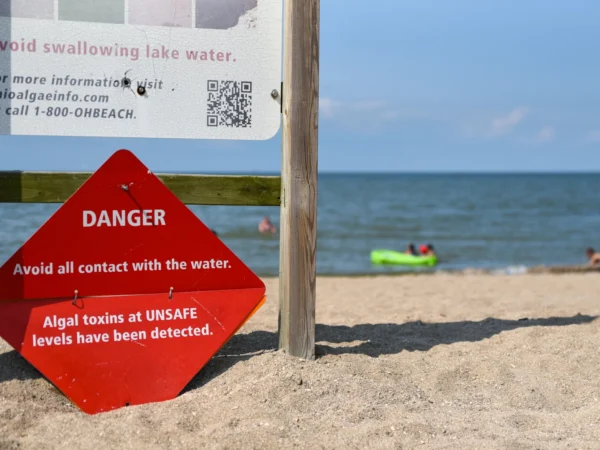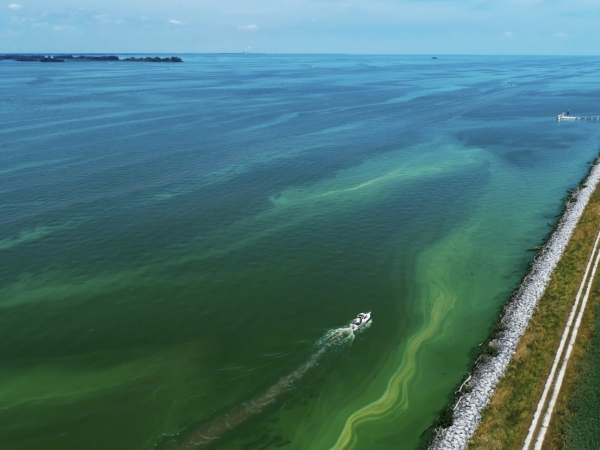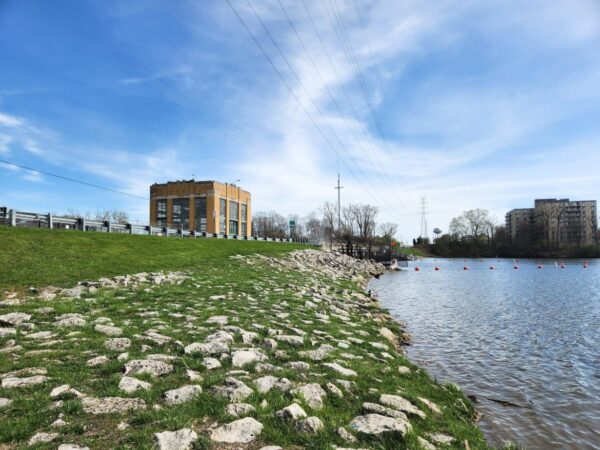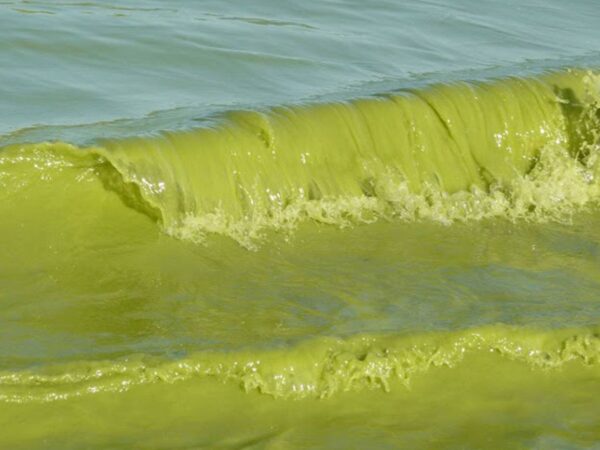Whether you go out on a boat, to a beach or get your drinking water from Lake Erie, you know harmful algal blooms are a problem.
But they’re not limited to this Great Lake. The blooms are a threat to all five lakes, the connectors like the Detroit River and Lake St. Clair and other parts of the watershed.
A new documentary explores the issue and helps residents of the region understand what’s a stake and what possible solutions could be. Produced by David J. Ruck and Plastic Oceans, the film has aired at film festivals around the region this year. Ruck, who lives in Muskegon, Mich., is a regular contributor to Great Lakes Now.
In partnership, PBS stations in six cities and three states that border Lake Erie — and one along Lake Superior — are simultaneously broadcasting the film and sharing more resources with residents about this important environmental and economic issue.
Tune in at 9 p.m. ET, Monday, Sept. 12 on:


